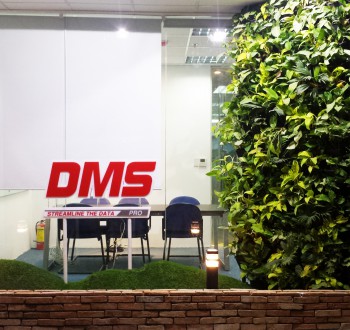- 03-10-2024
- Category: Quản Trị Doanh Nghiệp
Implementing advanced distribution management solutions like OMS brings numerous benefits to businesses, improving operational efficiency and saving costs. Below are the key differences between businesses that have adopted OMS and those still relying on outdated DMS solutions.
1. Cost Savings on Equipment Investment
- Businesses Using OMS: OMS can be utilized directly on employees’ personal smartphones, eliminating the need to invest in specialized equipment. This significantly reduces initial costs and financial strain during system deployment.
- Businesses Not Using OMS: Must invest in new devices for each employee, leading to higher initial investment costs and making it harder to manage the budget.
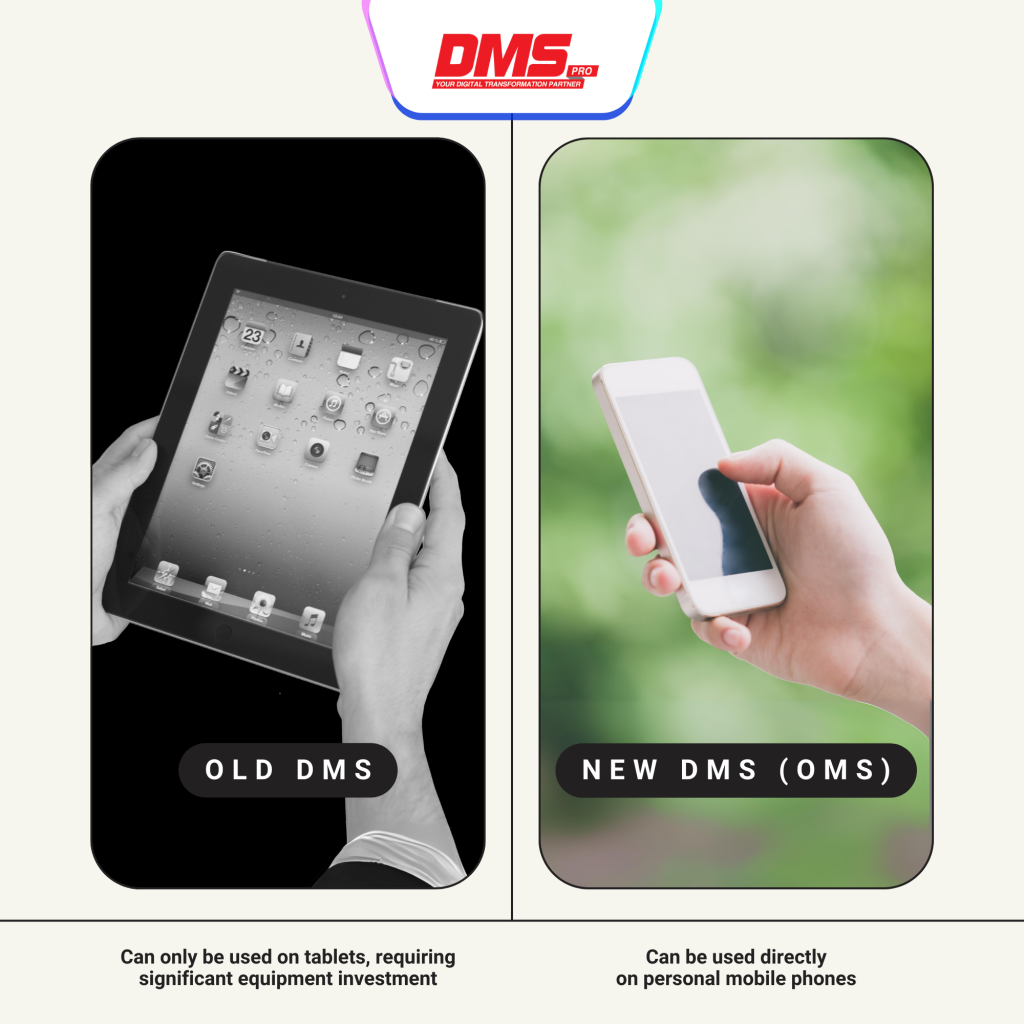
2. User-Friendly UX/UI, Less Training Required
- Businesses Using OMS: OMS is designed with an optimized user interface (UX/UI), enabling sales staff to perform basic operations without undergoing complicated training. Employees can start using the system immediately, saving time and training costs.
- Businesses Not Using OMS: Employees require in-depth training to understand system processes, wasting time and slowing down implementation.

3. High Order Processing Speed
- Businesses Using OMS: OMS can handle over 82,000 orders daily, ensuring quick and efficient operations. This minimizes order delays and improves customer experience.
- Businesses Not Using OMS: Slower order processing and higher risk of errors due to reliance on manual processes, impacting timely deliveries and customer satisfaction.
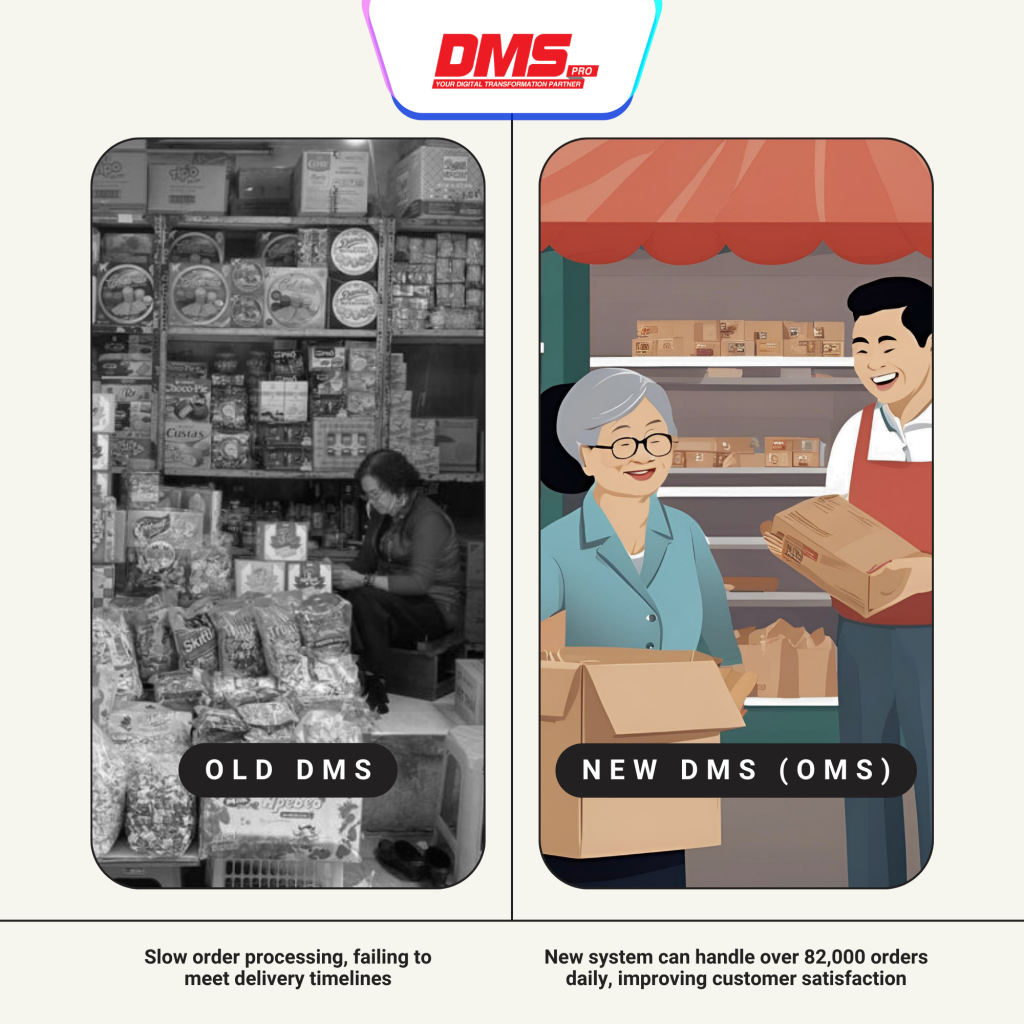
4. Scalability to Match Business Growth
- Businesses Using OMS: OMS can easily scale and adjust to fit the growth of any business, from small enterprises to large corporations. This flexible system allows businesses to meet growth demands without worrying about system changes.
- Businesses Not Using OMS: Limited scalability makes it harder to keep up with growth demands, potentially leading to costly system transitions in the future.
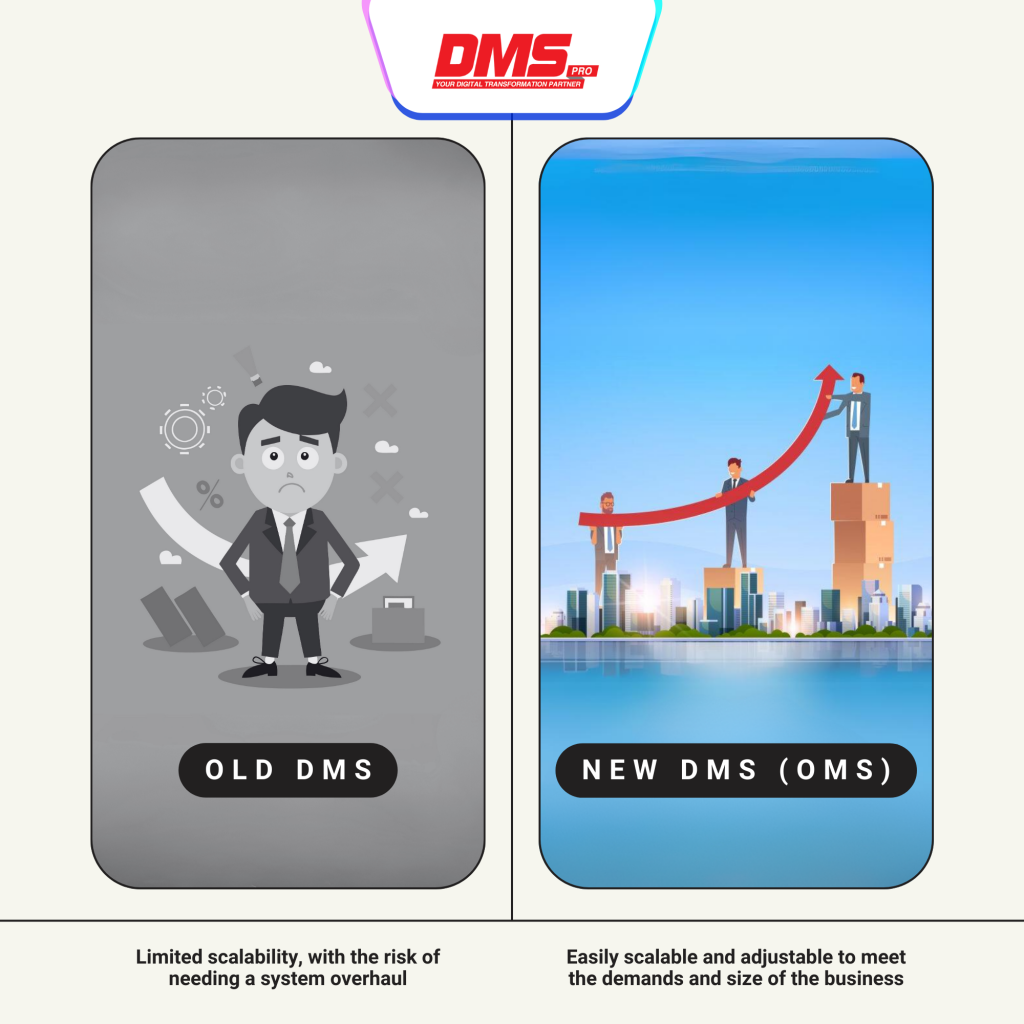
5. Reduced Operational Costs
- Businesses Using OMS: Automating order management processes reduces operational costs by optimizing resources and minimizing human intervention. Companies can save resources and focus on developing other strategic activities.
- Businesses Not Using OMS: Higher operational costs due to the need to maintain a large staff for manual tasks, leading to resource waste and reduced profits.
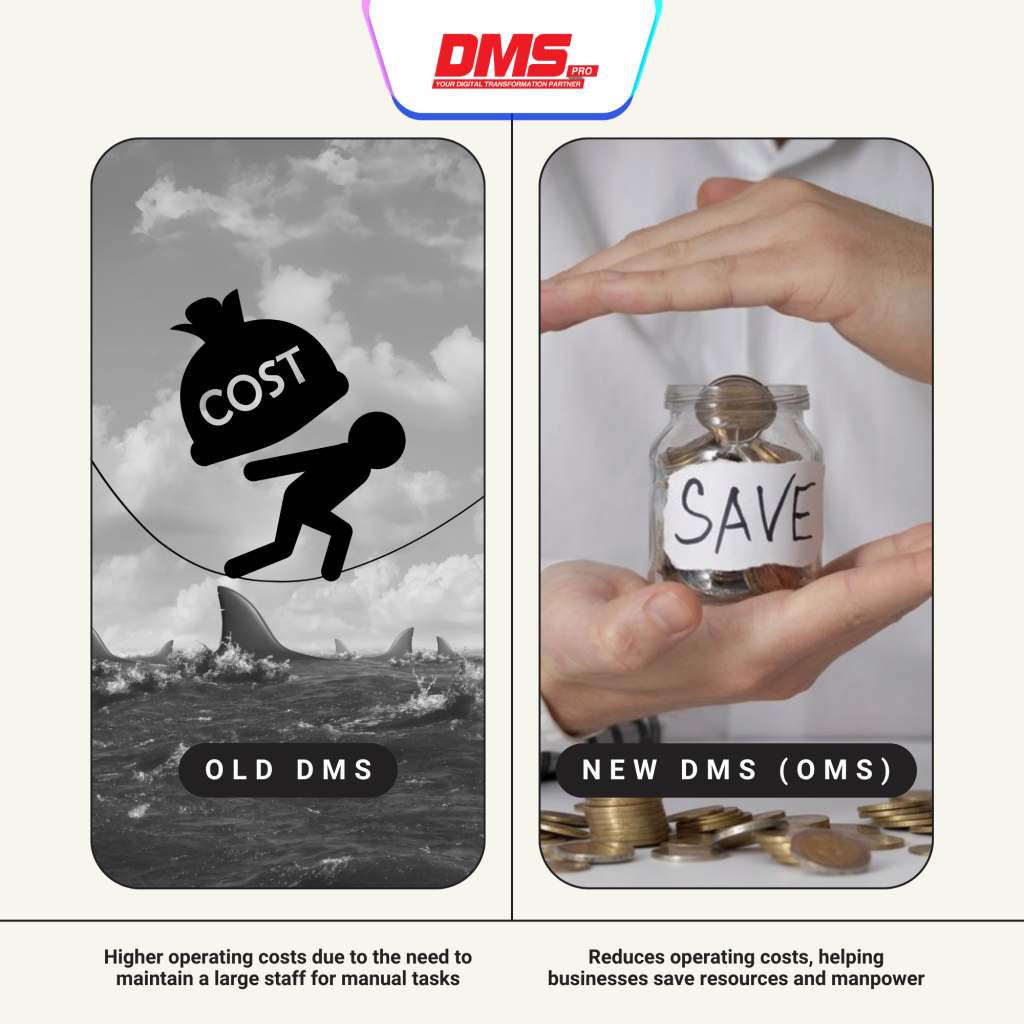
Conclusion
The differences between businesses that have adopted OMS and those relying on outdated DMS solutions are clear across various aspects, from cost savings, order processing speed, scalability, to reduced operational costs. Transitioning to OMS not only enhances operational efficiency but also opens up sustainable growth opportunities in an increasingly competitive environment.
OMS is a new-generation DMS solution, developed as a Software-as-a-Service (SaaS) platform, well-suited for today’s omnichannel sales trends.
Contact us today for a consultation and discover how OMS has helped major businesses like Samsung, TH True Milk, Suntory Pepsico, Lotte, and Gas South grow rapidly: CLICK HERE.
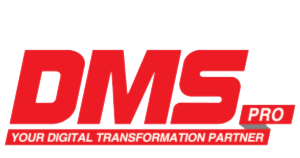 Your Distribution Management Solutions
Your Distribution Management Solutions

